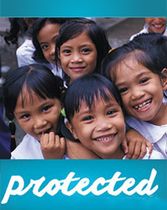
 The goal of this training is
to equip learners with information and
skills for dealing with Emotional Abuse of
Child. It will reinforce how to identify
the signs and symptoms of emotional abuse, educate the
audience on the long-term impacts of
emotional abuse, present
strategies for intervention and
help learners identify local resources for
options for healing for victims.
The goal of this training is
to equip learners with information and
skills for dealing with Emotional Abuse of
Child. It will reinforce how to identify
the signs and symptoms of emotional abuse, educate the
audience on the long-term impacts of
emotional abuse, present
strategies for intervention and
help learners identify local resources for
options for healing for victims.
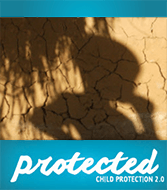 The goal of this training is to equip learners with information and skills for dealing with
Child Neglect. It will reinforce how to identify the signs and symptoms of neglect, educate the audience on the long-term impacts of
neglect, present strategies for intervention and help learners identify local resources for options
for healing for victims.
The goal of this training is to equip learners with information and skills for dealing with
Child Neglect. It will reinforce how to identify the signs and symptoms of neglect, educate the audience on the long-term impacts of
neglect, present strategies for intervention and help learners identify local resources for options
for healing for victims.
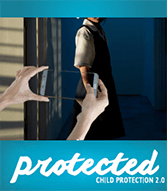 The goal of this training is to equip learners with information and
skills for dealing with Online Sexual Exploitation of Children (OSEC). It will
reinforce how to identify the signs and symptoms of OSEC, educate the audience
on the long-term impacts of OSEC, present strategies for intervention and help
learners identify local resources for options for healing for victims.
The goal of this training is to equip learners with information and
skills for dealing with Online Sexual Exploitation of Children (OSEC). It will
reinforce how to identify the signs and symptoms of OSEC, educate the audience
on the long-term impacts of OSEC, present strategies for intervention and help
learners identify local resources for options for healing for victims.
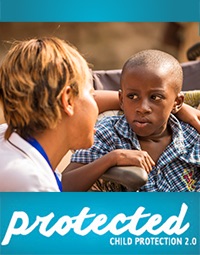
Part 1 of 2 computer-based courses that equip church staff and volunteers to help children in their communities recover from trauma.
The Child Protection: First Care After Trauma Training includes two computer-based courses and three live webinars. The webinars will be scheduled and hosted by staff in Compassion's National Offices. To receive certification for this training, learners will need to complete all training elements.
1. First Care After Trauma - Part 1 (course) <--*You Are Here!*2. Webinar 1
3. First Care After Trauma - Part 2 (course)
4. Webinar 2
5. Webinar 3 - Certification
Certification will be issued locally based on completion of the computer-based courses and participation in the live webinars.
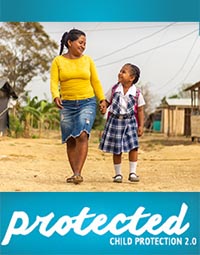
Part 2 of 2 computer-based courses that equip church staff and volunteers to help children in their communities recover from trauma.
The Child Protection: First Care After Trauma Training includes two computer-based courses and three live webinars. The webinars will be scheduled and hosted by staff in Compassion's National Offices. To receive certification for this training, learners will need to complete all training elements.
1. First Care After Trauma - Part 1 (course)2. Webinar 1
3. First Care After Trauma - Part 2 (course) <--*You Are Here!*
4. Webinar 2
5. Webinar 3 - Certification
Certification will be issued locally based on completion of the computer-based courses and participation in the live webinars.
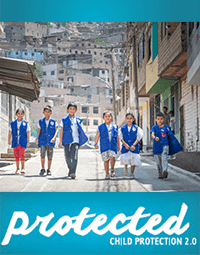 The goal of this training is to equip learners to validate
or improve processes to evaluate potential candidates for their suitability for
working with children. It will explain the importance of safer recruitment
processes and help learners to evaluate the suitability of all potential candidates
for working with beneficiaries.
The goal of this training is to equip learners to validate
or improve processes to evaluate potential candidates for their suitability for
working with children. It will explain the importance of safer recruitment
processes and help learners to evaluate the suitability of all potential candidates
for working with beneficiaries.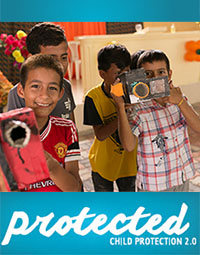 This training is for church staff and volunteers who develop child-focused materials for public audiences. In this training we will discuss how to protect children from harm when we create media. This includes how we gain permission to talk to children and caregivers, gather “content” (interviews, photos and video) in appropriate ways, and how we create stories out of that content for publication. You will learn about Compassion’s Dignity and Sensitive Messaging Guidelines, which may be useful for you as you consider how to best present information about children in your context. You will see when and why Compassion chooses to hide the identity of someone in a story, how to deal with disclosures of sensitive information, act in the best interests of a child, how to make decisions about what information to share with others, and what information to exclude in a story. You may be writing articles for thousands to read or simply sharing videos from your latest mission trip on a Sunday morning. This training can help you present your information, along with compelling and heartwarming stories, in a way that protects children and preserves the dignity of everyone involved.
This training is for church staff and volunteers who develop child-focused materials for public audiences. In this training we will discuss how to protect children from harm when we create media. This includes how we gain permission to talk to children and caregivers, gather “content” (interviews, photos and video) in appropriate ways, and how we create stories out of that content for publication. You will learn about Compassion’s Dignity and Sensitive Messaging Guidelines, which may be useful for you as you consider how to best present information about children in your context. You will see when and why Compassion chooses to hide the identity of someone in a story, how to deal with disclosures of sensitive information, act in the best interests of a child, how to make decisions about what information to share with others, and what information to exclude in a story. You may be writing articles for thousands to read or simply sharing videos from your latest mission trip on a Sunday morning. This training can help you present your information, along with compelling and heartwarming stories, in a way that protects children and preserves the dignity of everyone involved.
